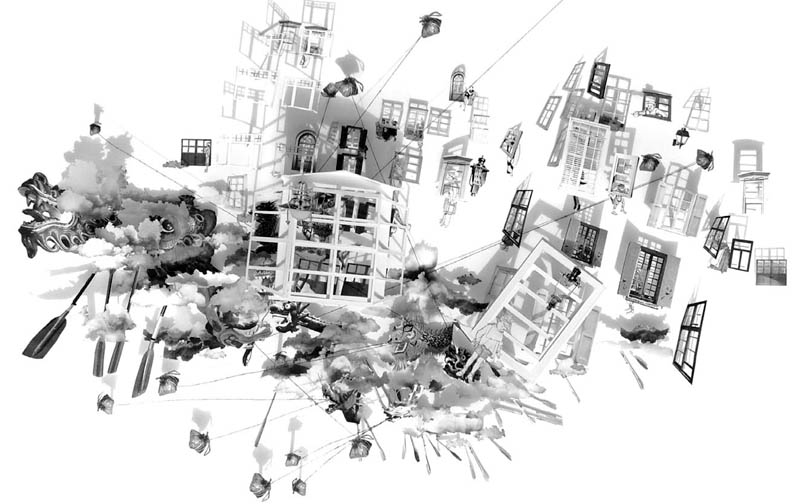
Urban sprawl is the unplanned, low-density development of urban areas that is characterized by the spread of buildings and infrastructure over a wide geographic area. The phenomenon of urban sprawl is often linked to urban design and architecture, as the layout and design of buildings and urban spaces can have a significant impact on the patterns of urban development.
In cities with sprawl, architecture often reflects the car-centric nature of the urban environment, with large parking lots and wide roads dominating the landscape. In this case, Bandar Sri Permaisuri is experiencing this issue where most of its community heavily rely on individual cars as their main transportation method which leads to and over surge amount of cars in this dense develop environment. This type of development is often criticized for contributing to pollution, traffic congestion, and social isolation, as people rely heavily on cars to travel between different parts of the city.
However, architecture can also play a role in mitigating the negative effects of urban sprawl. For example, architects can design buildings that are more energy-efficient, reducing the carbon footprint of the built environment. Additionally, architects can incorporate green spaces and public gathering places into their designs, promoting social interaction and a sense of community in otherwise sprawling urban environments. In recent years, there has been a growing awareness of the negative impacts of urban sprawl on public health, with studies linking sprawling urban environments to obesity, poor air quality, and mental health issues.
As a result, architects and urban planners are increasingly focusing on designing more compact, walkable urban environments that promote public health, reduce traffic congestion, and encourage social interaction. In conclusion, architecture plays an important role in the development of urban sprawl, as the design of buildings and urban spaces can influence the patterns of urban growth and development. While sprawling urban environments can have negative impacts on public health, architects can play a key role in designing buildings and spaces that mitigate these negative effects and promote a more sustainable, healthy, and vibrant urban environment.
